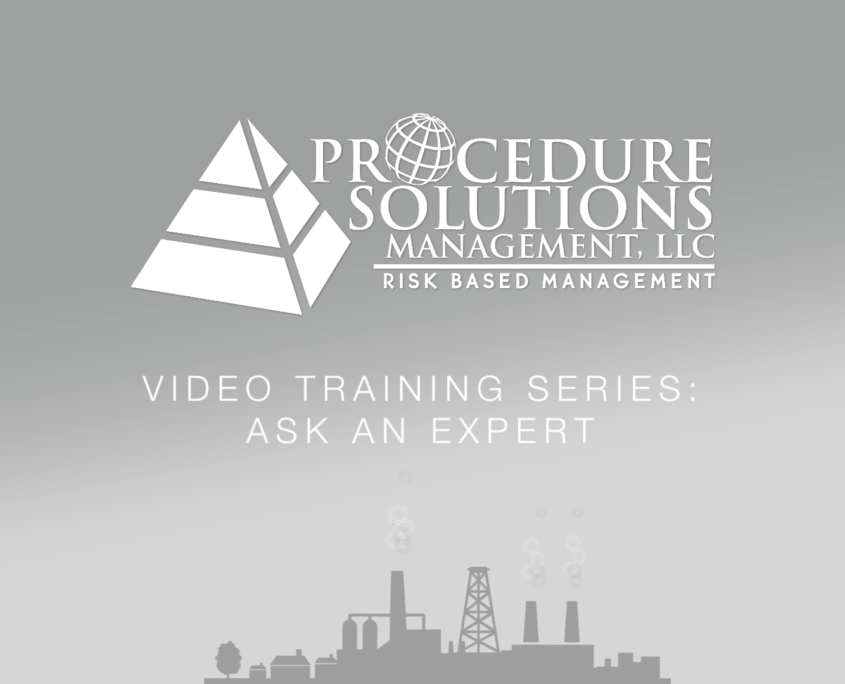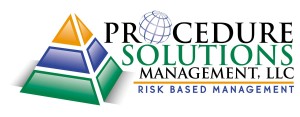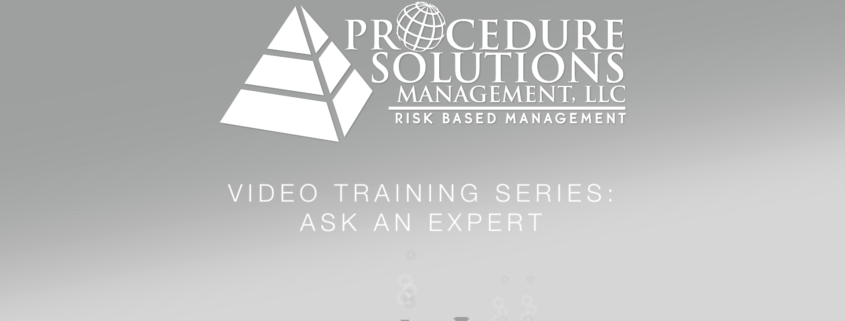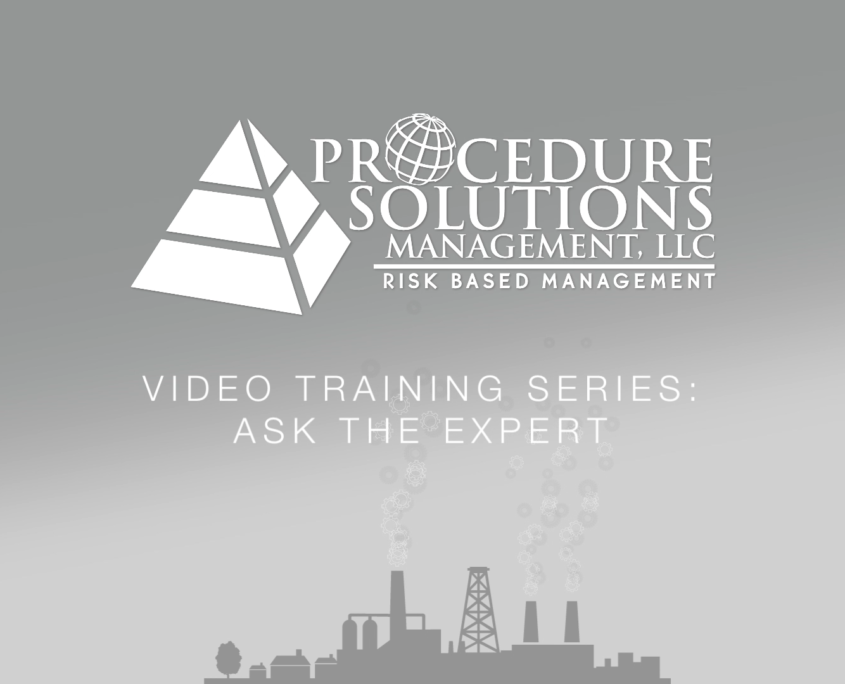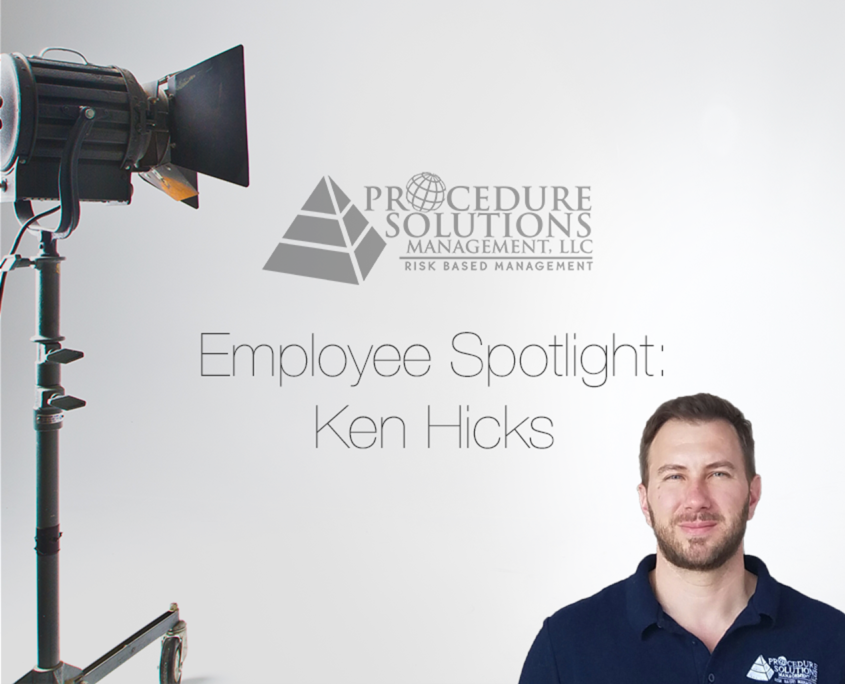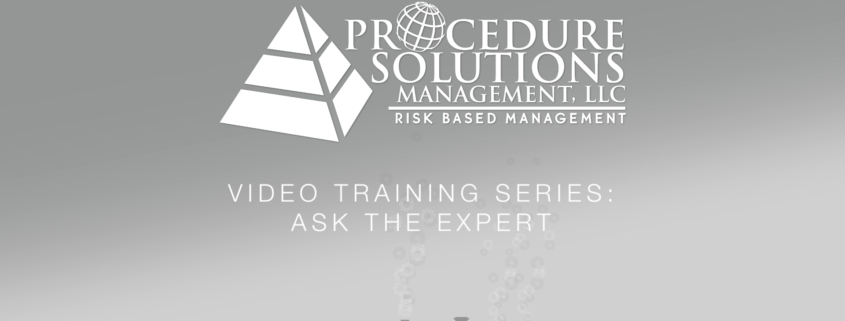
Are you creating a perfect storm for future human error events from the use of the very tools designed to create consistency in the execution of work activities?
Delivering the Nuclear Promise
Over the last 10 years, generating costs for U.S. reactors has increased roughly 28%. In response NEI and the nuclear industry developed the Nuclear Promise, which is designed to reduce generating costs by 30% by 2018.
“Companies that operate America’s nuclear energy facilities have partnered on a multiyear strategy to transform the industry and ensure its viability for consumers as well as its essential role in protecting the environment.
This strategic plan, called Delivering the Nuclear Promise, strengthens the industry’s commitment to excellence in safety and reliability, assures future viability through efficiency improvements, and drives regulatory and market changes so that nuclear energy facilities are fully recognized for their value.” – NEI, Delivering the Nuclear Promise: Advancing Safety, Reliability, and Performance
In redesigning “nuclear power plant processes to improve efficiency and effectiveness to enable a 30 percent reduction in electric generating costs, on average industrywide,” are existing and future procedures and work instructions capable of meeting the needs of the future?
Intro
I have had the rare opportunity to provide Human Factored Procedure and Work Instruction training to 29 plus commercial nuclear generating stations during the last two years. The instruction is focused on providing procedure writers and planners tools designed specifically to eliminate human performance errors and create greater consistency during document development. The instruction is based on two standards. One originally developed by the Nuclear Energy Institute (NEI) and now owned by the Procedure Professionals Association
(PPA) and the other created by the Electric Power Research Institute (EPRI).
- PPA AP-907-005, Procedure Writer’s Manual, Revision 2 (formerly NEI AP-907-005)
- Nuclear Maintenance Applications Center: Maintenance Work Package Planning Guidance 3002007020 Final Report, February 2016
The two standards work together to support the elimination of human performance errors that can occur and if left unchecked can lead to industry events as identified by the Institute of Nuclear Power Operations (INPO), World Association of Nuclear Operators (WANO) and the Nuclear Regulatory Commission (NRC).
The problem statement:
As part of the instruction I request each station to provide examples of current documents from each work discipline that will be attending the course. I compare the examples provided to the two industry standards in effort to identify human performance challenges. As a result, I consistently find numerous performance gaps.
The standards specifically target 18 human performance error likely situations. The most frequently identified errors are provided below:
- Insufficient technical detail
- Vague interpretive guidance
- Infield decisions without clear guidance
- Multiple actions per step
- Actions or implied actions in Precautions/Limitations, Notes, Cautions, and Warnings
- Precautions, notes, cautions, and warnings that contain information that do not add value or what EPRI would call “bloat.”
- Excessive branching and referencing or branching to documents with significant quality issues
- Inconsistent formatting
As companies respond to “Delivering the Nuclear Promise, Efficiency Bulletins” a perfect storm appears to be forming. As programmatic controls are redeveloped and reorganizations occur the impacts to procedures and work instructions as they relate to level of detail and impacts to human performance are not understood as it relates to changes in the workforce.
Discussion
So why am I writing this blog? First and foremost, the answer is not to generate more work for our small business. This blog is provided to communicate and generate discussion within the community and management teams that are executing “Delivering the Nuclear Promise, Efficiency Bulletins”.
Each commercial nuclear generating station has thousands of procedures and work instructions. The nuclear industry has evolved tremendously since its inception resulting in part from lessons learned from industry events including those such as Three Mile Island, Chernobyl, Fukushima, and quality issues identified through the 10 CFR 50 Appendix B Quality Assurance (corrective action) program controls. As such, procedures and work instructions have evolved.
Procedures are required to go through a very thorough technical and safety review process. Work instructions generally only require an independent technical review. Both procedures and work instructions have especially in recent years come under significant scrutiny for quality challenges as identified by the Institute of Nuclear Power Operations (INPO), World Association of Nuclear Operators (WANO), Nuclear Regulatory Commission (NRC) and as identified by corrective action program controls. The quality challenges surprisingly have not resulted from technical inadequacies but primarily from issues surrounding usability identified as human performance errors. So what has changed?
Less experienced document users and developers!
I am seeing significant inconsistencies as it relates to the level of detail and usability issues (human performance errors). Staff must realize that every step performed by a document user has three primary parts – Who, What and How. The “who” in most cases can be implied, thus the primary focus resides with the writer in determining the “What-to-do and/or How-to-do” for level of detail. Every task an employee performs the “how” must come from somewhere. As the nuclear workforce has matured and the procedures and work instructions have been revised over time the “how’ has been or is being slowly diluted coupled with the addition of other human performance challenges. As the frequency of performance raises staff become more confident and less dependent on step-by-step instructions. But this is changing, and from my observations fairly rapidly. Where the “what-to-do” was acceptable for senior staff the qualified although inexperienced staff require more “how.”
When document guidance is only provided at the “what-to-do” level, the risk of error can be significant as the user can be inadvertently pushed into the “Knowledge Base” performance mode where failure rates can be as significant as 1:2 to 1:10. This is as compared to the “Rule Base” failure rates of 1:100 to 1:1,000 and Skill Based performance mode of 1:1,000 to 1:10,000.
As companies revise current processes and look to potential changes in staff numbers and reorganization in response to “Delivering the Nuclear Promise” we need to be aware that the foundation of human performance “Procedures and Work Instructions” needs to be evaluated consistently and cautiously. Taking credit for existing quality levels for technical adequacy and usability resulting from past success may only lead to a false sense of security and the identification of dormant human performance traps.
Current approved procedures and work instructions used many times successfully are now being found to not meet the needs of the new nuclear workforce. This is at a time when budgets and staff are not available to update these critical human performance tools to the level of attention they routinely demand.
Join us for an additional discussion of this issue in Part 2 – Nuclear Promise – Procedure and Work Instruction’s Perfect Storm. In Part 2 we will provide industry standard guidance that can be used to identify human performance challenges and tools to support improving the level of detail.
If you like our content, subscribe to our blog using the link to the right of this post. Or, visit our services page for more information on our staffing, training, or consulting services.
